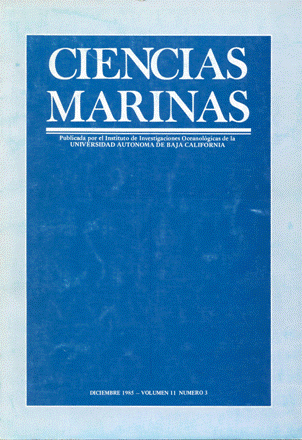Production of Juveniles of the mullet Mugil liza Valenciennes, 1836, by controlled reproduction in Cuba
Main Article Content
Abstract
Induced spawning and larval rearing experiments were carried out with the mullet Mugil liza Valenciennes at the end of the 1987/1988 natural spawning season at Tunas de Zaza, in which the juvenile stage of a mugilid species was reached for the first time in Cuba. All examined females had atretic oocytes. From the selected 18, four (22.2%) died during the hormone treatment and from the 14 that finished it, natural spawning or artificial fertilization was obtained from seven of them (50%). Best spawning results were obtained with 60-90 mg/kg of mullet pituitary in 3-4 partial doses (24 h interval). The eggs of one female with the highest fertilization rate (60%) were incubated at 24ºC, obtaining 90% survival of the fertilized eggs at hatching. The rearing experiments demonstrated that larvae were ready for exogenous feeding at day 3-4 and that the postlarval stage ended 40 days after hatching; also, that tarpaulin tanks were not adequate, that a strong aeration at the centre is beneficial and that the use of an intermediate food organism between rotifers and Artemia should improve the results. At the end of the rearing cycle (49 days), 220 juveniles were harvested in one of the four treatments used (0.20% survival). The difficulties faced and possible technique improvements for increasing survival are discussed.
Downloads
Article Details
This is an open access article distributed under a Creative Commons Attribution 4.0 License, which allows you to share and adapt the work, as long as you give appropriate credit to the original author(s) and the source, provide a link to the Creative Commons license, and indicate if changes were made. Figures, tables and other elements in the article are included in the article’s CC BY 4.0 license, unless otherwise indicated. The journal title is protected by copyrights and not subject to this license. Full license deed can be viewed here.

